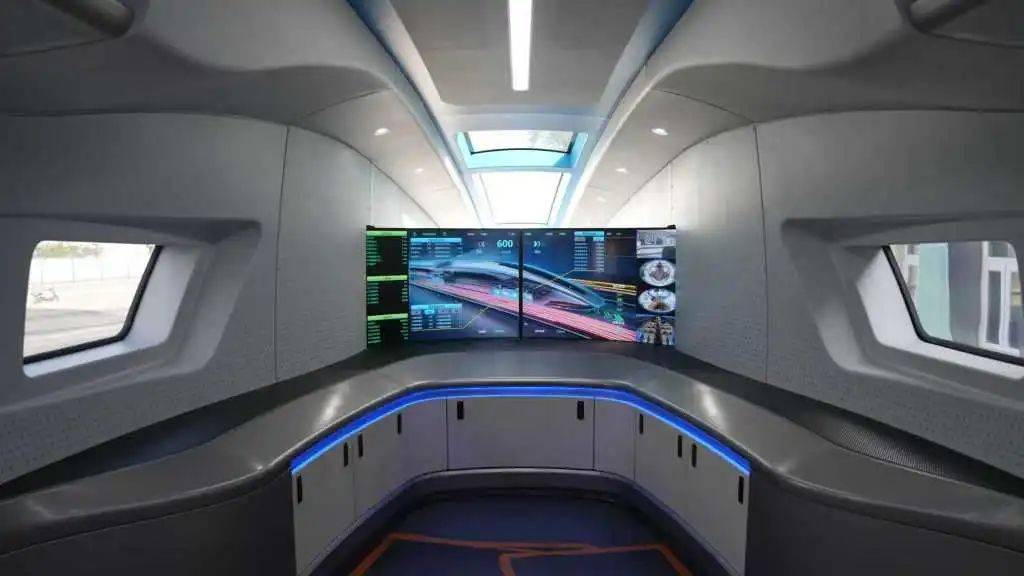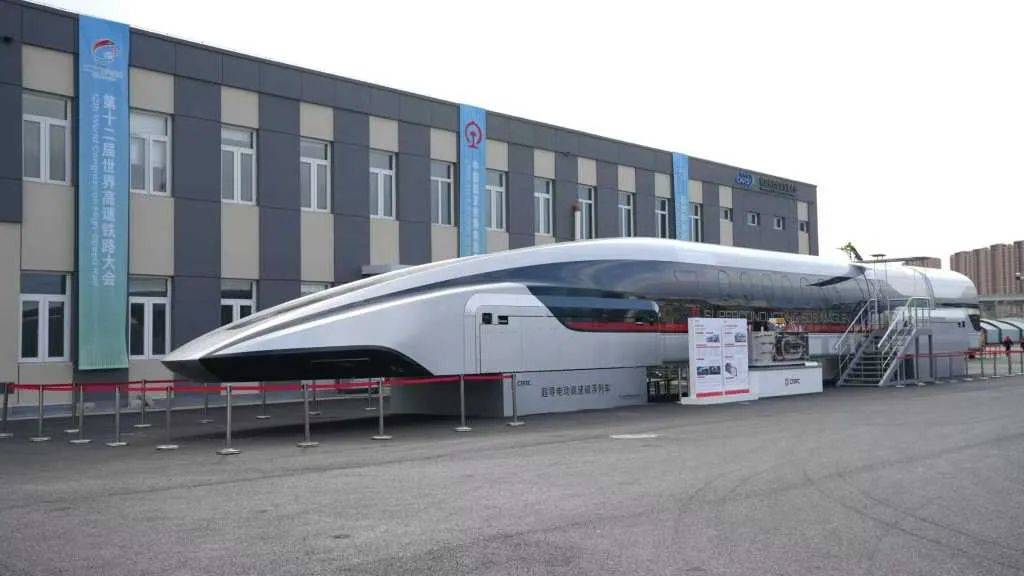
Credit: Beijing Daily
AsianFin -- China’s pursuit of high-speed ground transportation has reached a new milestone with the debut of a superconducting electric high-speed maglev train capable of reaching 600 kilometers per hour.
The technology, showcased at the 17th China International Modern Railways Exhibition held in Beijing from July 8 to 10, could reduce the travel time between Beijing and Shanghai to as little as 2.5 hours—far faster than today’s four-hour high-speed rail trip.
Developed by CRRC Changchun Railway Vehicles Co. Ltd. (CRRC Changchun), the superconducting maglev project is advancing steadily. “The first-phase engineering prototype was successfully completed in July 2024,” said Shao Nan, a senior engineer at CRRC Changchun, during a demonstration at the National Railway Test Center on July 9.
The new train operates by electromagnetic induction between onboard superconducting magnets and trackside coils, allowing it to levitate and glide at ultra-high speeds. With its top design speed of 600 km/h, the maglev train is intended to bridge the speed gap between traditional high-speed rail and air travel, offering a combination of efficiency, safety, environmental friendliness, and comfort.
jrhz.info“Superconducting electric maglev technology features a larger levitation gap and greater potential for speed increases, making it an ideal mode for intercity transit,” Shao explained. “It’s a point-to-point transport tool designed for trunk lines connecting major cities across provinces, especially for distances within 2,000 kilometers.”

Credit: Beijing Daily
At that range, the maglev is expected to outperform planes in door-to-door travel time and offer rail-level safety and reliability. If commercialized, the train could cut the Beijing–Shanghai trip to just 2.5–3 hours, a significant leap from current travel options.
Despite the promise, safety remains the biggest prerequisite for commercial adoption. According to industry experts, any new transportation system must undergo a full spectrum of evaluations before entering public service—including type testing, system certification, and rigorous safety assessments.
A maglev train running at 600 km/h exceeds takeoff speeds for many aircraft, which means materials, structural design, and operating systems must meet stringent standards to ensure passenger safety.




